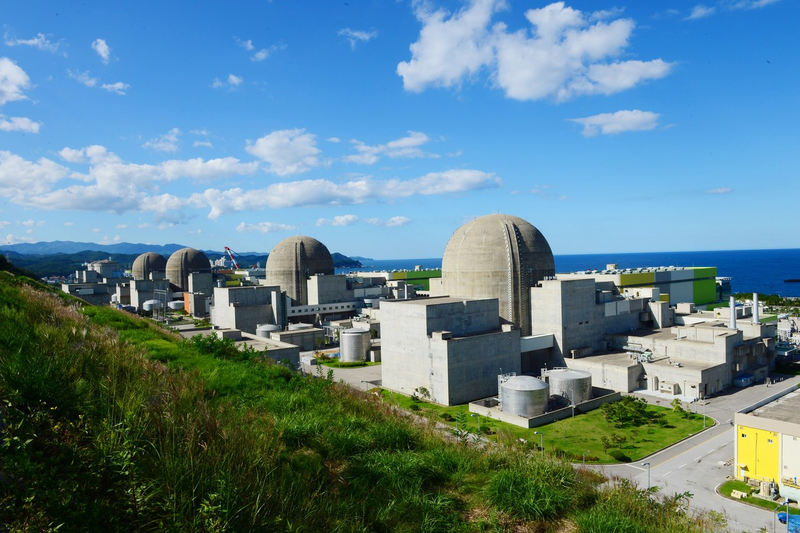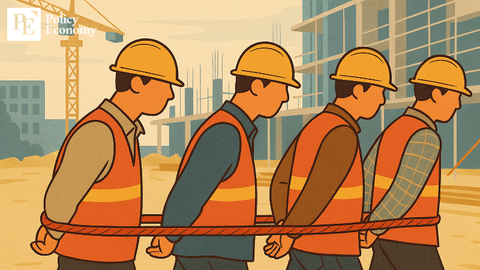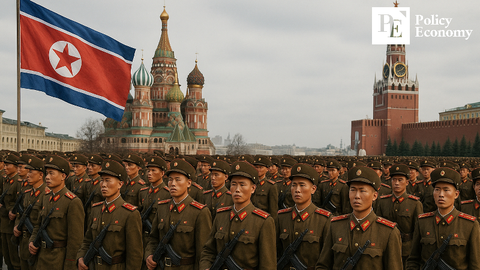Amid Europe’s Energy Crisis, Accelerated Shift Back to Nuclear Power — South Korea Expected to Benefit
Input
Changed
Belgium Officially Scraps Nuclear Phase-Out Policy After 22 Years Italy Approved Use of Nuclear Technology Last March Spain Reconsiders Nuclear Plant Closures After Massive Blackout

Belgium has officially decided to revive its nuclear power program after 22 years. Analysts attribute the shift to surging energy prices sparked by the Russia–Ukraine war, as well as rising interest in nuclear energy across Europe following a recent large-scale blackout in Spain—a country known for its high share of renewable energy.
Belgium Formalizes Nuclear Revival
On May 15 (local time), AFP reported that the Belgian Parliament passed a government plan to revive its nuclear industry—allowing for the construction of new reactors—with 102 votes in favor, 8 against, and 31 abstentions. This marked an official end to Belgium’s 2003 commitment to phase out nuclear power, which had aimed to shut down all reactors by this year due to environmental and safety concerns.
However, the Ukraine war upended those plans. In January 2023, Belgium extended the operation of its two newest reactors by 10 years, and in February, it delayed the shutdown of its oldest plant from 2023 to 2027.
Europe’s Nuclear Pivot: Germany Stands Alone
Several European countries are now rethinking their nuclear policies. Italy—the world’s first nation to phase out nuclear—approved legislation in March allowing the use of nuclear technology. Spain, which suffered a major blackout last month, is reportedly reconsidering plans to shut down seven nuclear plants over the next decade.
France has extended the operating life of existing reactors and plans to build six more. Late last year, it connected its Flamanville 3 reactor to the grid—the first new addition in 25 years. Even Denmark, which has banned nuclear energy for 40 years, is re-evaluating its stance. On May 14, Denmark’s Energy and Climate Minister Lars Aagaard told Politiken that the government would study the potential of next-generation nuclear technologies like small modular reactors (SMRs). Although Denmark gets over 80% of its power from renewables, nuclear is being reconsidered as a viable supplement.
Germany remains one of the few major economies sticking to a full nuclear phase-out. In April 2023, it shut down its last three operating reactors. This decision has led to a drop in domestic power generation and higher electricity prices in neighboring countries connected to Germany’s power grid—prompting criticism that Germany is becoming a "burden" on Europe.

Bloomberg: South Korea Could Win 43% of Global Nuclear Contracts
With nuclear energy gaining renewed attention, Bloomberg reported on May 15 that South Korea stands to benefit significantly in the global nuclear export market. In an article titled “Nuclear Is Back—and South Korea Could Be the Biggest Winner,” Bloomberg stated that Korea could potentially secure up to 43% of over 400 planned or proposed nuclear projects worldwide, positioning it as one of the leading nuclear exporters over the next decade.
Bloomberg cited Korea’s strategic advantages—its strong track record, lower political risk compared to China and Russia, and its efficient and tightly integrated industry. While the U.S. and France have suffered from high costs and delays, and Japan is still recovering from the 2011 Fukushima disaster, Korea has built and operated reactors continuously for more than 50 years.
Mark Nelson of Radiant Energy Group noted, “Korea moves as 'Team Korea.' From the buyer’s perspective, it’s like dealing with a single, unified entity.” Korea’s strength lies in a highly efficient network that connects engineering, construction, utilities, and finance across both public and private sectors.
Bloomberg also highlighted that Korea’s nuclear industry is quietly thriving, especially along the southeastern coast, and is gaining attention from Western countries seeking to avoid dependence on China or Russia. Professor Jung Bum-jin of Kyung Hee University’s Department of Nuclear Engineering told Bloomberg, “We’ve been building reactors for over 50 years—and we’ve never stopped.”





















